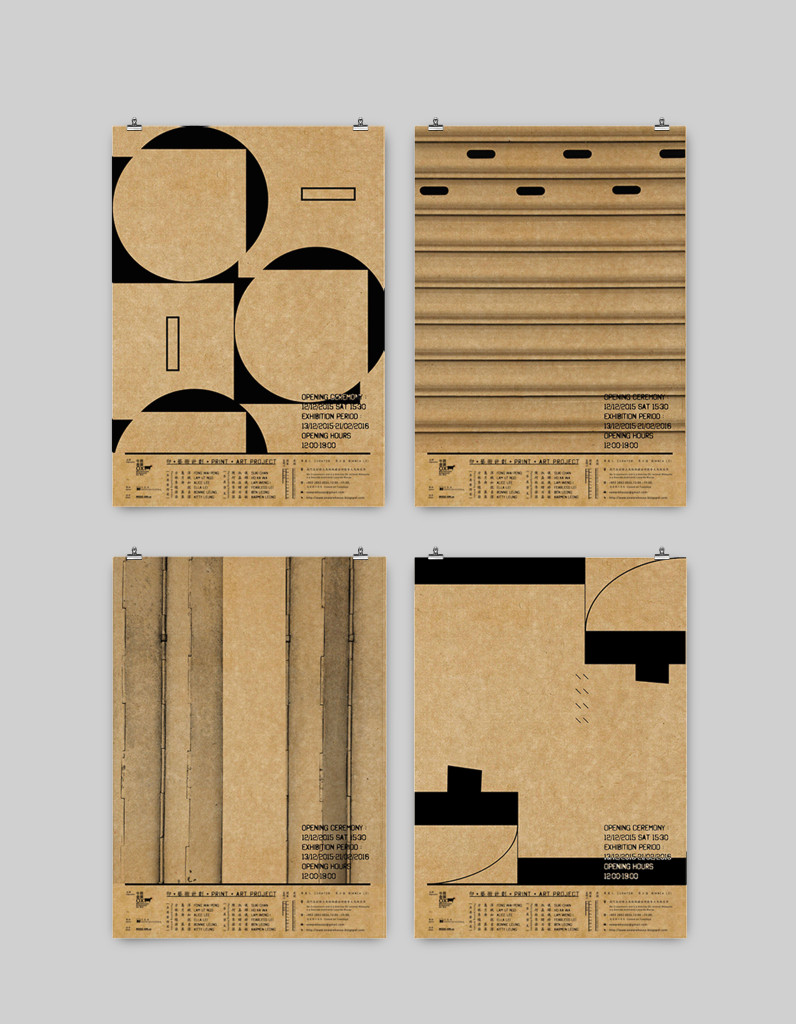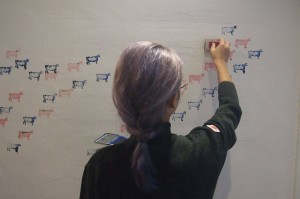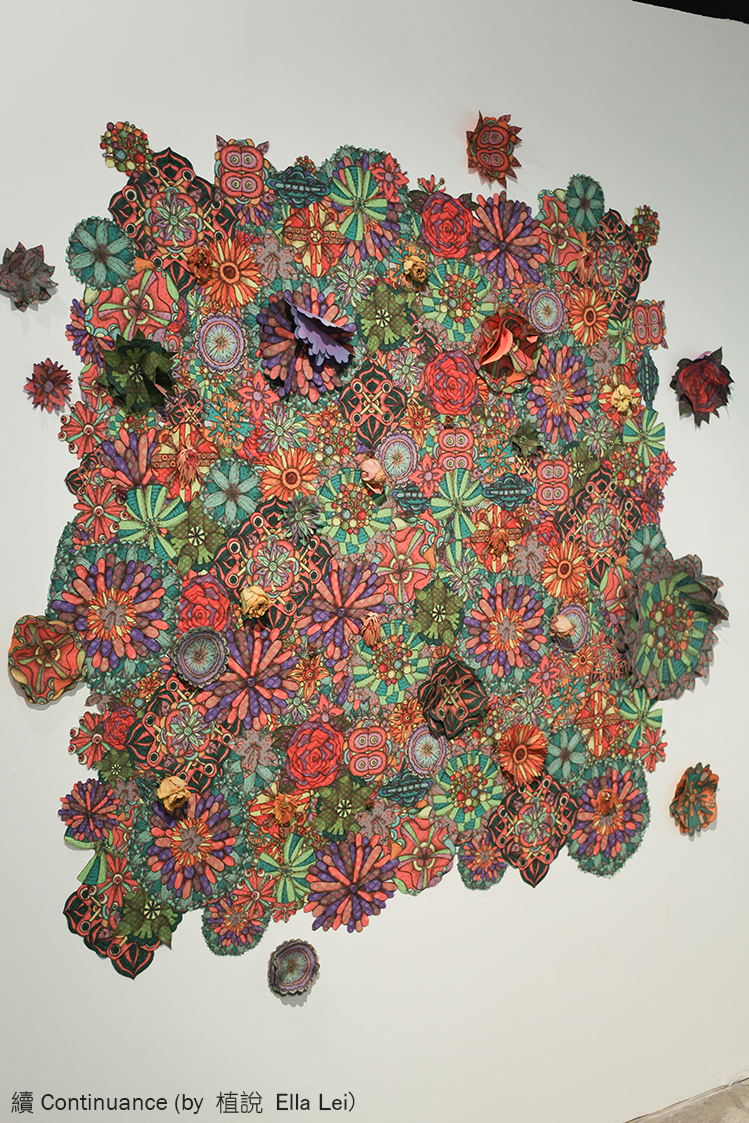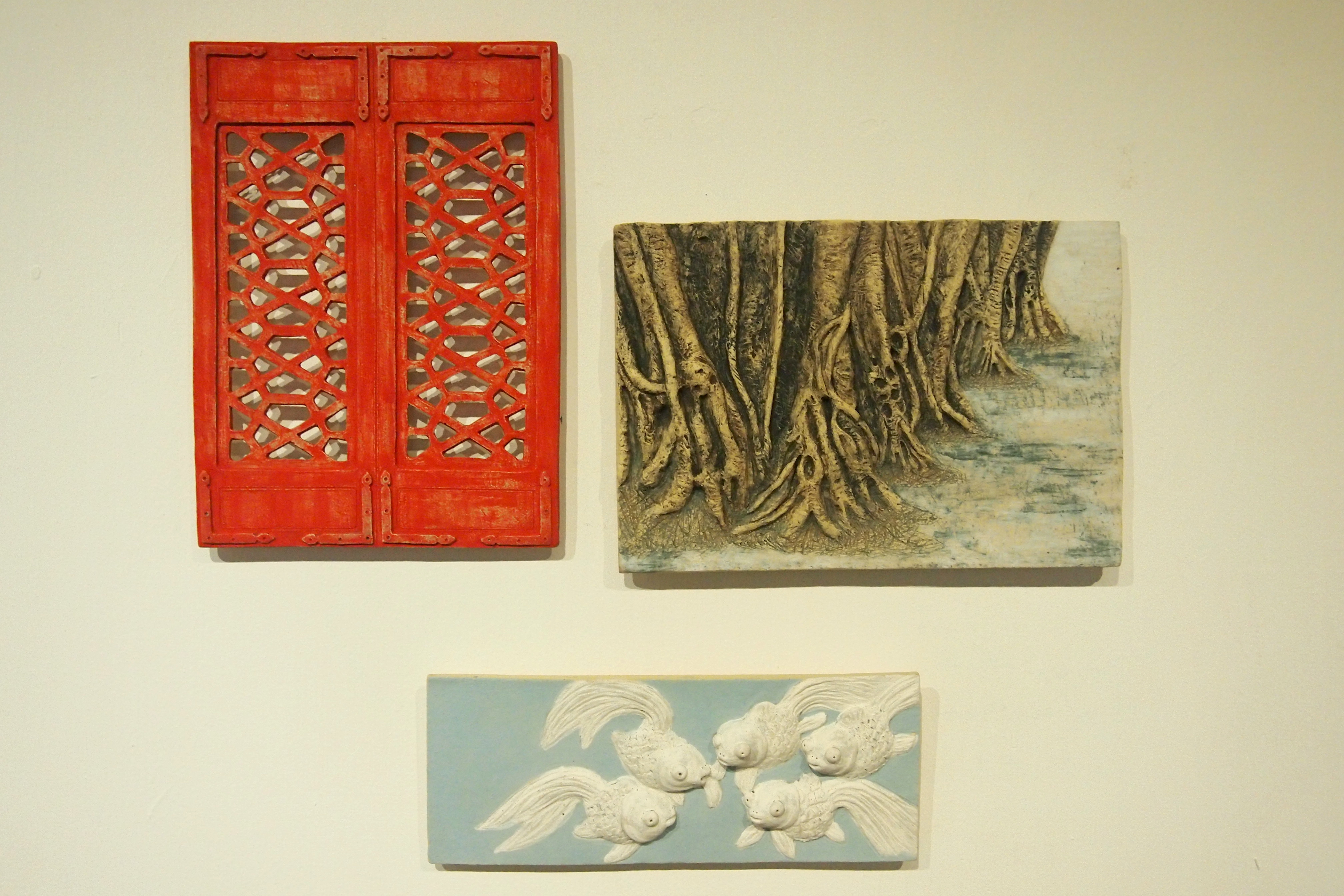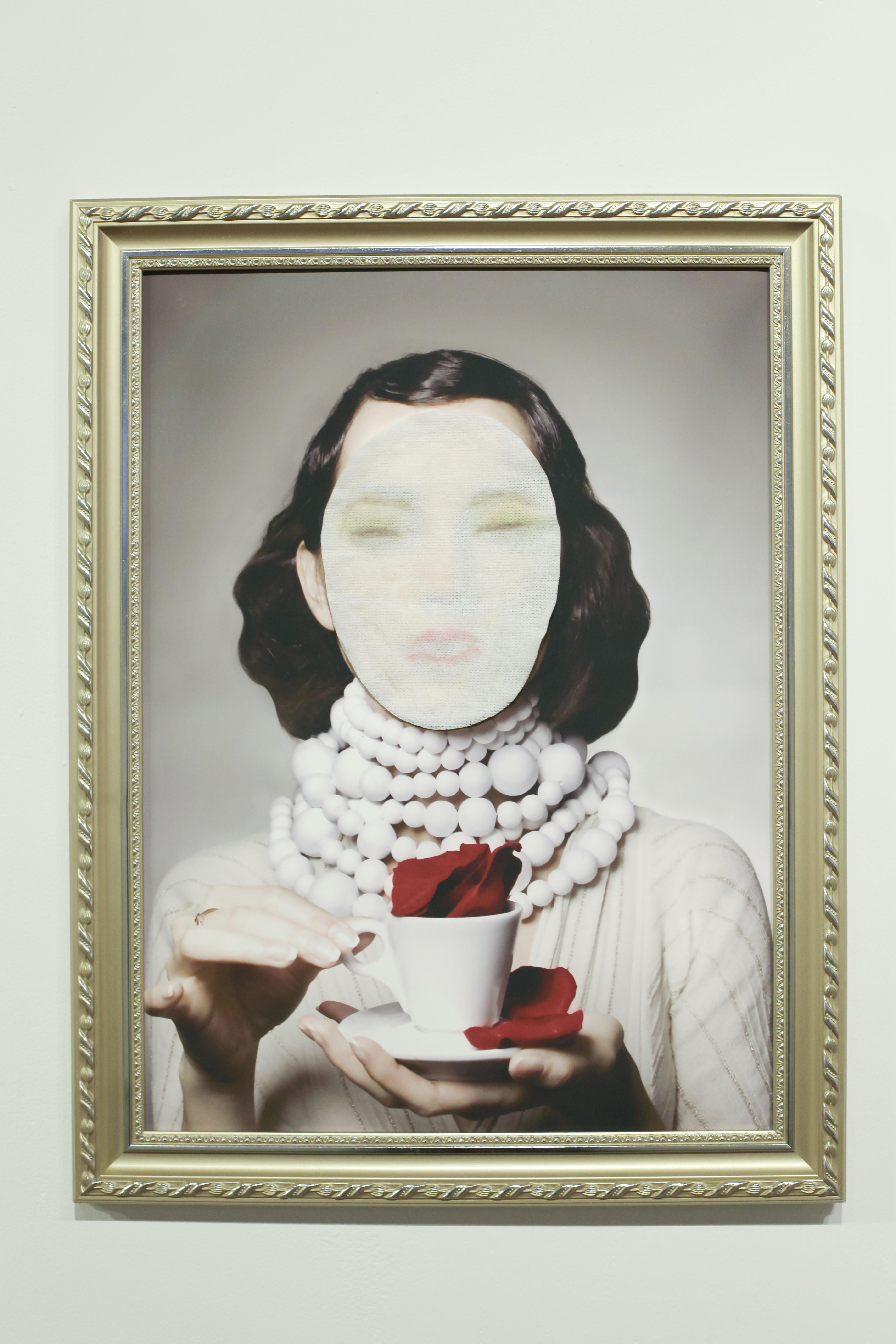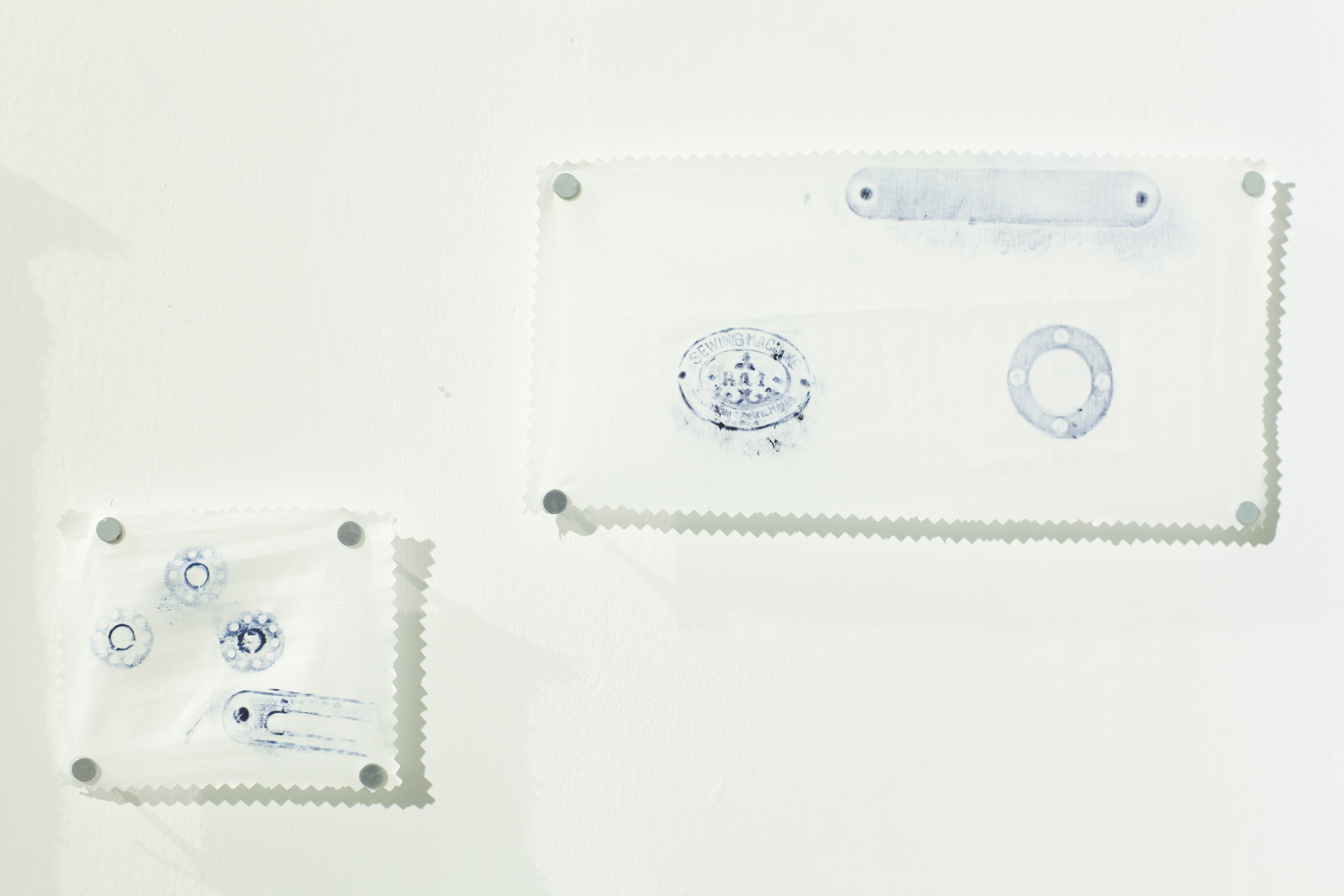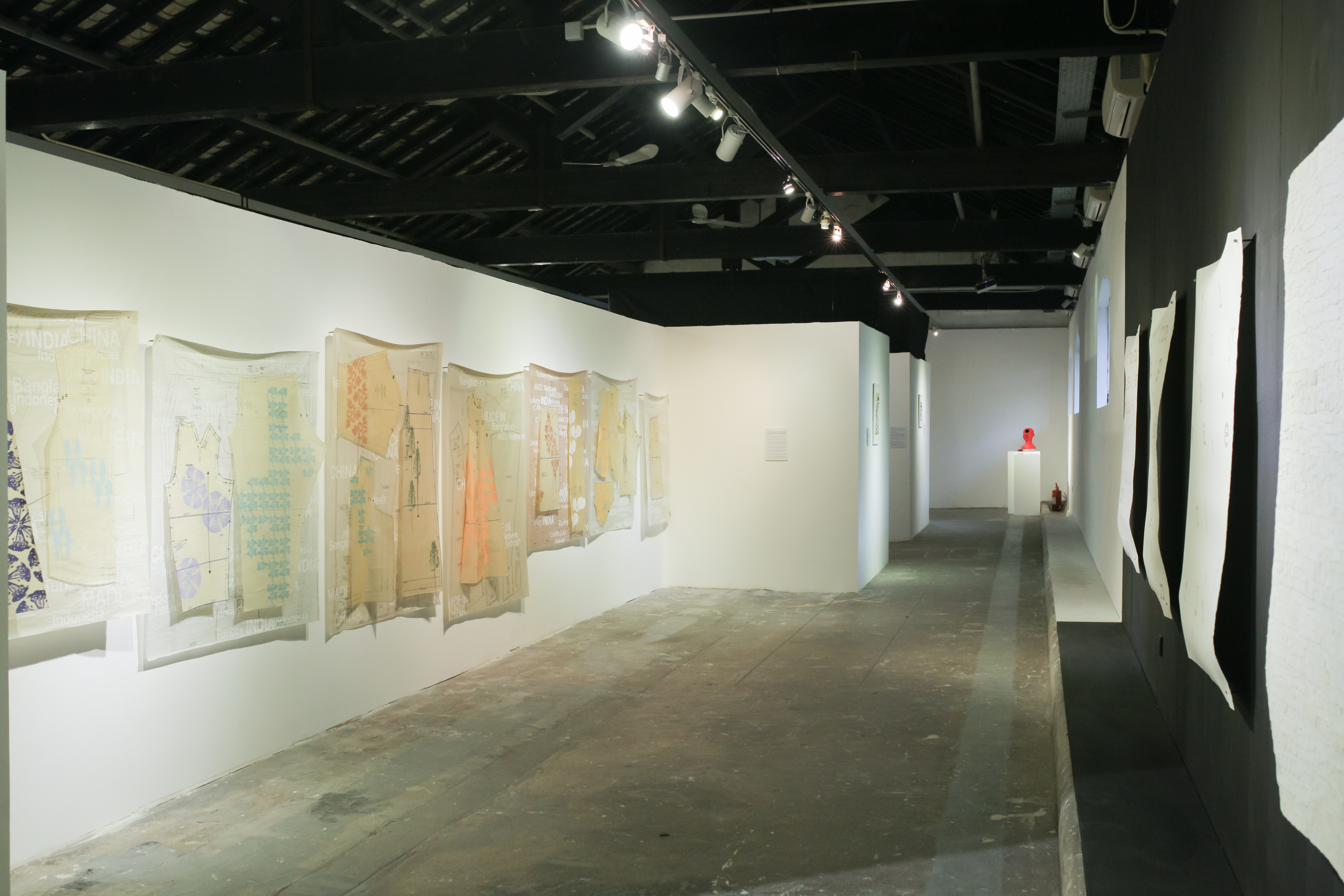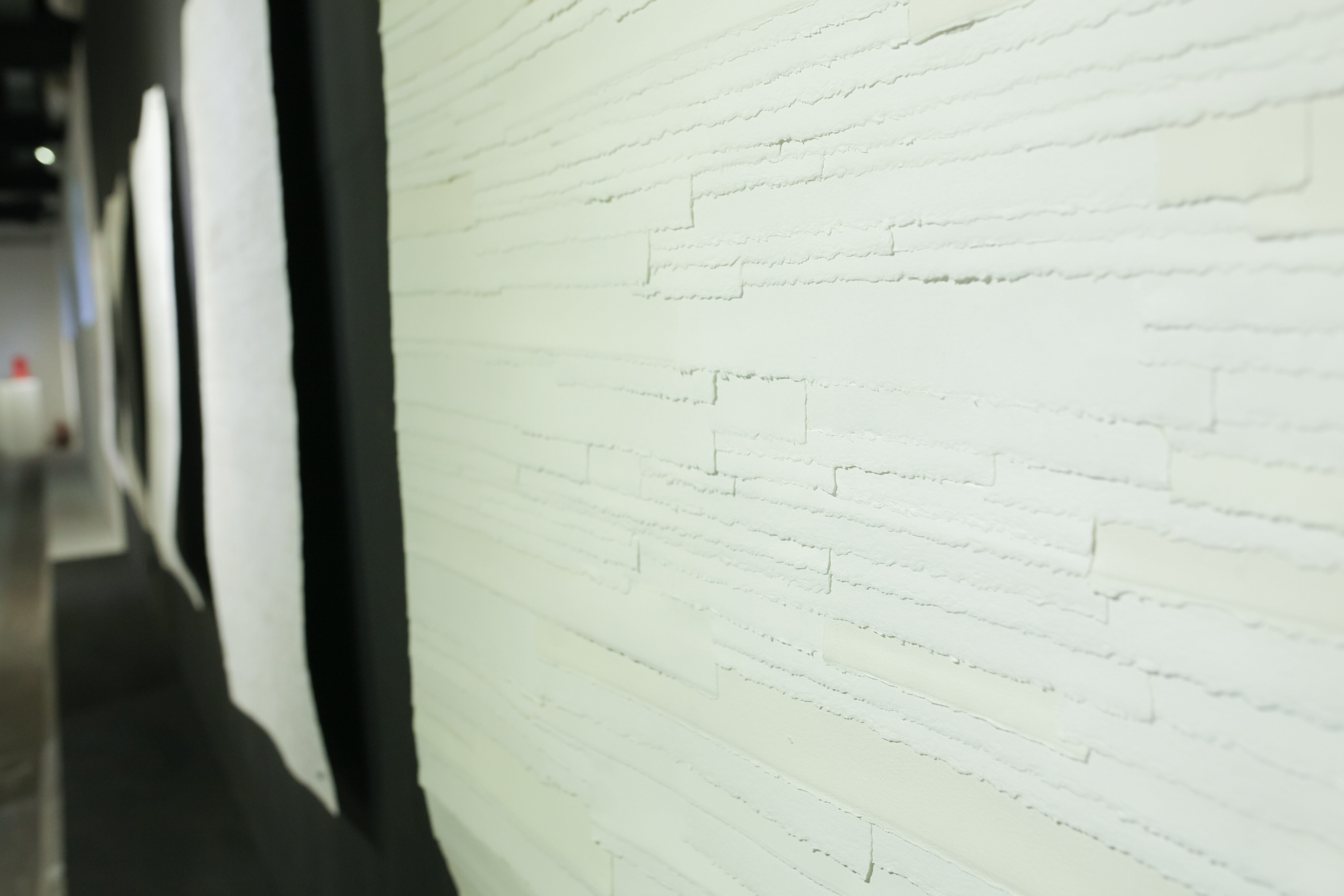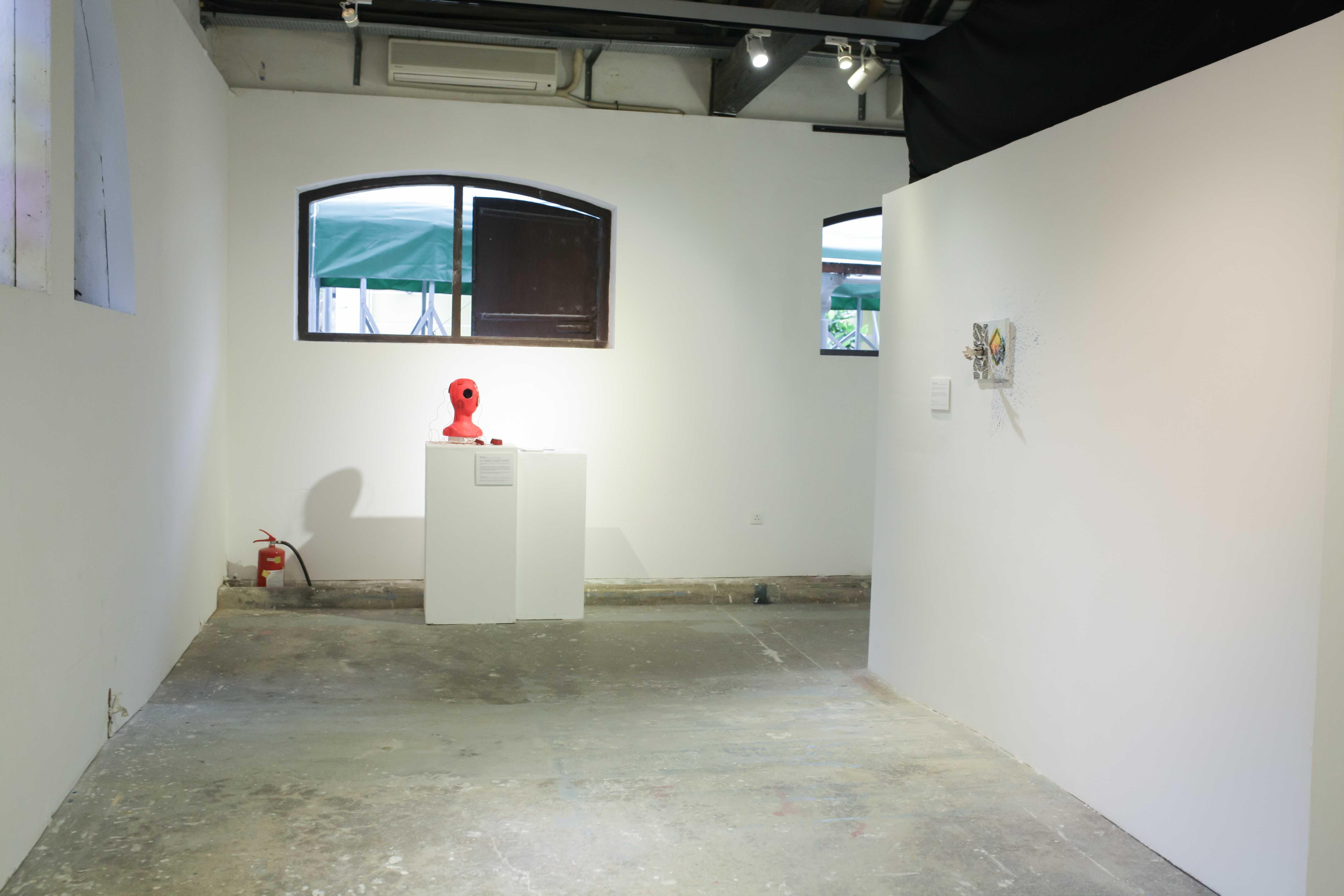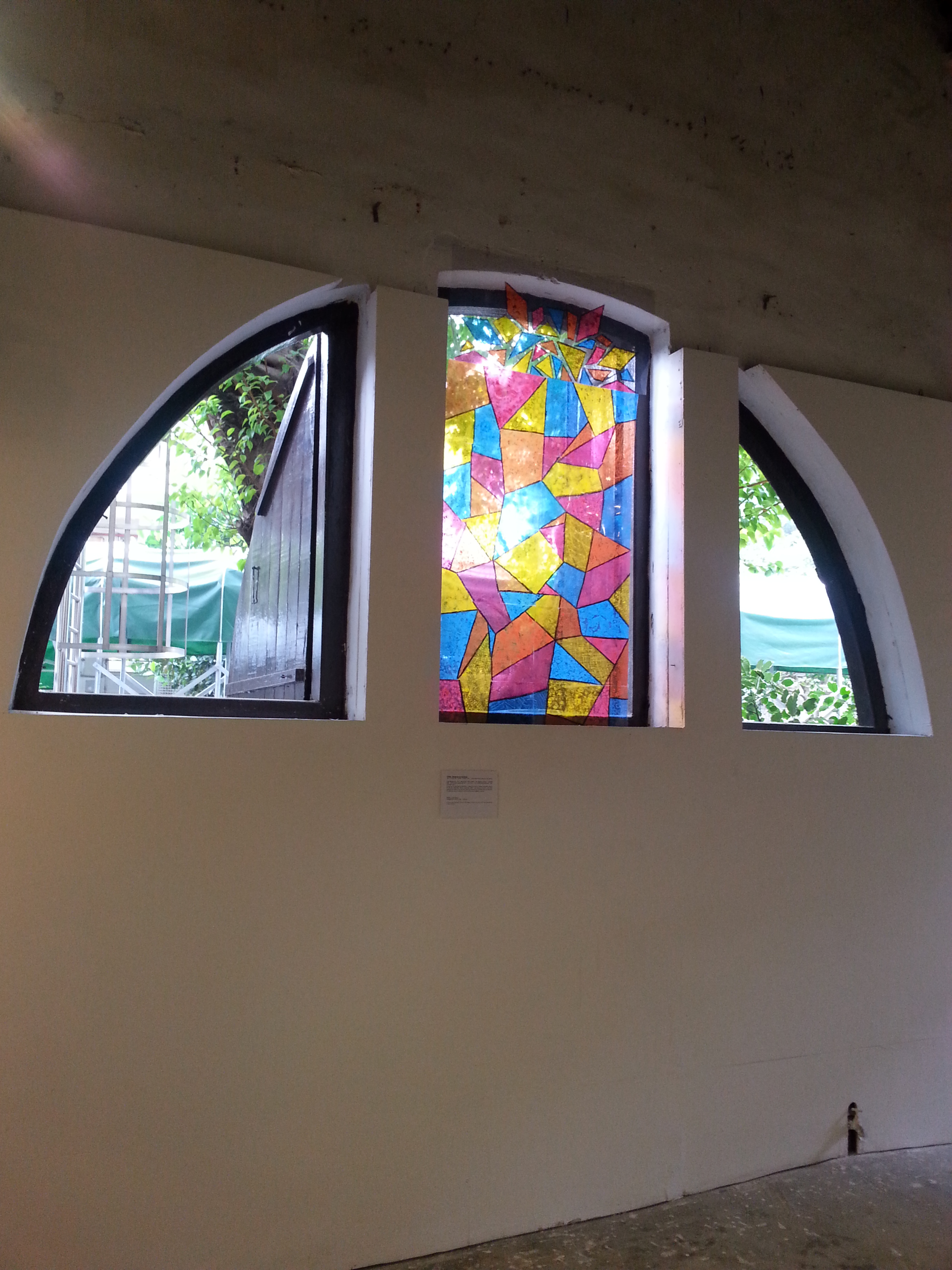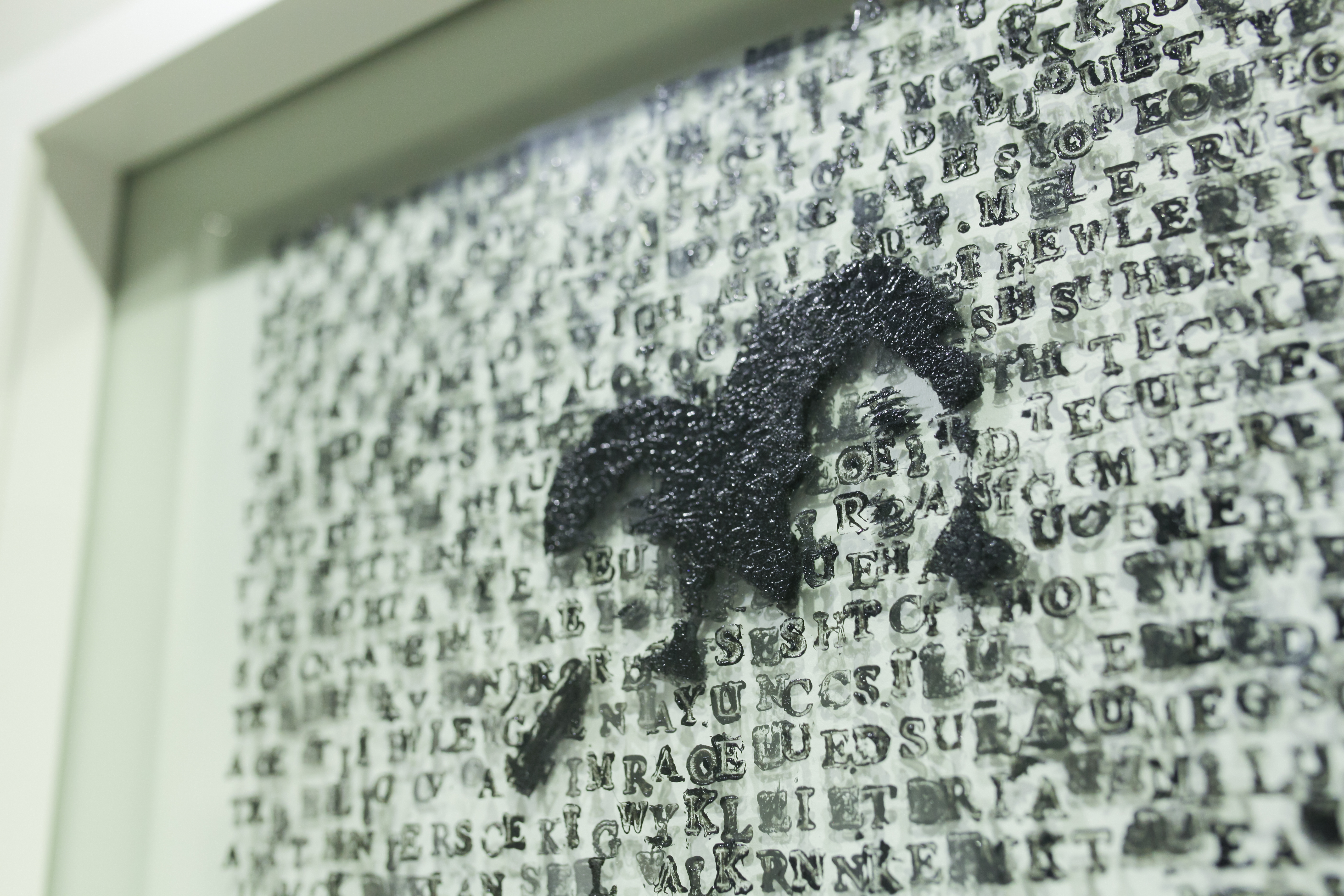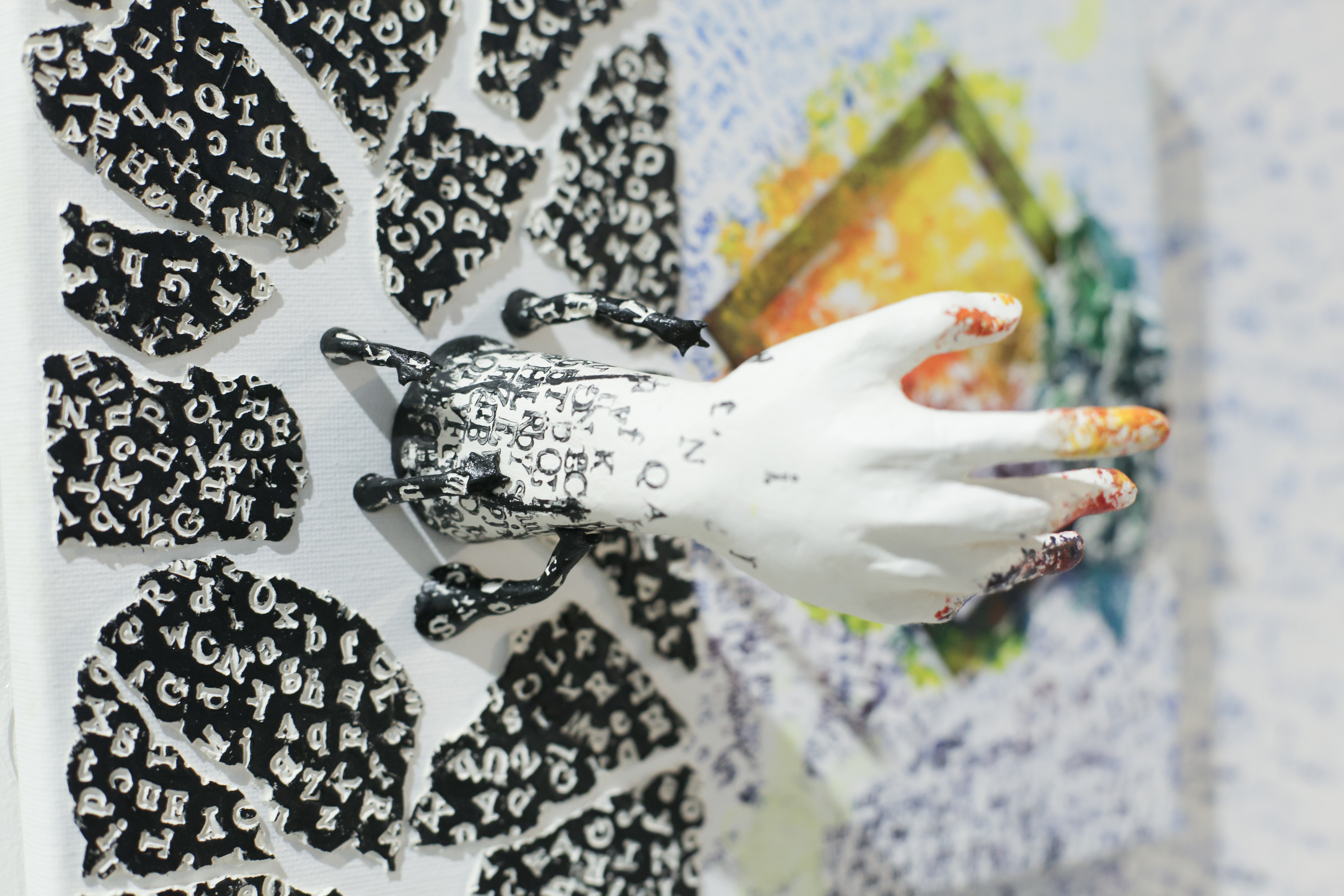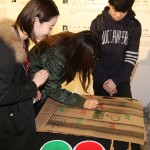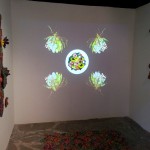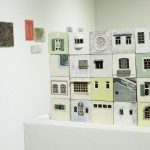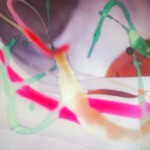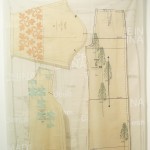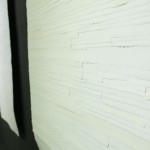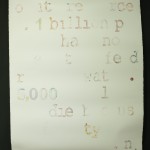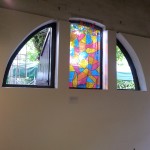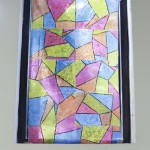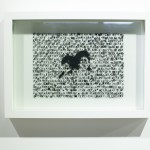Curating: “ Print ”— Art Project
Preface
Printmaking is an art of impressions. The work is made through matrix making, then printing. And it possess the language of indirect (using the matrix as a medium) and plurality. Traditional printmaking has a set of standard rules, requiring proofs and editions but excluding monoprint. However, artists gradually break free of traditional shackles as time goes by with the advancement of technology. They introduce new possibilities into printmaking. For instance, Pop artist Robert Rauschenberg presented monoprint combining painting and installation, and Chinese Contemporary artist Xu Bing’s Ghosts Pounding the Wall features direct rubbing print from Great Wall, while British artist Lee Wagstaff used his own blood to produce silkscreen self-portrait. Also, the plurality of printmaking has become the concept of work, such as Barbara Kruger’s I shop therefore I am was printed on 9,000 shopping bags and the replication of printing works by Andy Whalol, both about satirising the mass production of consumer culture. These are all expansions of or reflections on the definition of printmaking.
This project aims to let artists present their own reflections on printmaking through the process of “printing”, as well as showcase their artistic concepts with different media.
Delving into the art of printmaking from multiple angles, the purpose of this exhibition is to go beyond the shackles of traditional approaches that every participant’s art concept can be realized through a variety of means of “matrices” and “printings” integrated with different media.
A participating artist Kitty Leung said: “No longer sticking to the purity of printmaking, artists exploit the unique effects presented by prints to pursue integration of their preferred visual effects and themes.” She screen printed designs consist of vegetables on paper patterns for making garments that these works are a review of the situation that excessive pursuit of fashion would seriously impact food production. Bonnie Leung’s Re-read applied traditional skills of manual printing and duplicability of the art form to symbolize the act of “Re-” that would transform the plurality of printmaking into a language expressing the idea of the works. Another participant, Alice Lee, is also concerned about social phenomena. She used photos and sketches on flat surfaces as matrices to emboss or deboss onto clay plates that convert mental “impressions” of a city into three-dimensional “impressions” that carved into the space. The process of making another work My Life Chum is just the opposite. The creator Lam Ut Ngo used a sewing machine as the “matrix” and adopted the technique of rubbing to turn a three-dimensional object into flat graphics. These present not only the textures of the sewing machine in different shapes but also include the concept of time, and they are displayed in the form of an installation that reconstructs the emotional relationship between the person and the machine. Fong Wai Peng’s two sets of works reflect her continuous raising of questions about printmaking in order to find new creative forms. Mask employed the process of removing makeup to transfer the cosmetics on face onto flat surfaces. Is this short-lived “matrix” on human face real or fake? Water, Lights and Colours is a work transfer pigment floating on water combined with a video. In such a high-tech era, digital printing has become an indispensable medium of artistic creations. Ella Lei’s works show this technology, under certain sense, would sustain lives of things that we can feel the preciousness of the actual objects which only exist for short time.
Besides the works of the six artists mentioned above, this exhibition also invited works from six students. These are selected from the results of my teaching at the School of Arts, Macao Polytechnic Institute. The subject of the course is mainly about creativity training, and the students are only told about the concepts of matrices and printings, not formal techniques of printmaking. The students are required to find or make suitable “matrices” or “printings” for image or three-dimensional works that deliver their concepts of creation. While they do not need to care too much about the skills, rules or standards, no matter what their ideas are, the “matrices” and “printings” demonstrate they can show their creative ideas in unrestrained ways. For example, Ho Ka Wa used various objects from daily life, even her own fingerprints, to “print” “eyeglasses” that have two different meanings for her. Fearless Lei transferred the digital patterns about particular years onto her works with solvent liquid. In Accompanying with My Growth, Karmen Leong first prepared stencils, then made a special texture to create a feeling of dirt by sand paper. A letter waiting for decoding by Suki Lam is directly created using ready-made letter stamps. Another work which also applied stamps is Lam Weng I’s Do What I Want. She made use of date and letter stamps to express a major life decision. Ben Leong handmade stamps by himself, and everyone of these is about his personal experience.
Although the students did not ponder deeply over the possibilities of contemporary art creation as the participating artists did, by implementing the multiple practices of “matrices” and “printings”, their most pure and practical actions demonstrate various possibilities of printmaking.
Curator: Bianca Lei
Participating Artists:
Fong Wai Peng | Lam Ut Ngo | Alice Lee | Ella Lei | Bonnie Leung | Kitty Leung
Participating Students:
Suki Chan | Ho Ka Wa | Lam Weng I | Fearless Lei | Ben Leong | Karmen Leong
Organisation:Ox Warehouse Art Space
Sponsors: Cultural Institute of the Macao S.A.R. Government
address: No Cruzamento entro a Avenida Do coronel Mesquita e a Avenida Almirante Lacerda Macau
related links: Ox warehouse, Theme Promo(by muse-um.co),Journal Va Kio,
TV programme report: Our people, Our life- episode 1143 – “print” art project (in cantonese),broadcasting date:2016-01-06, 20:00

